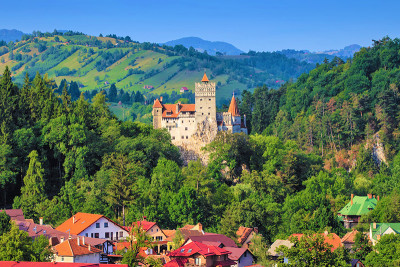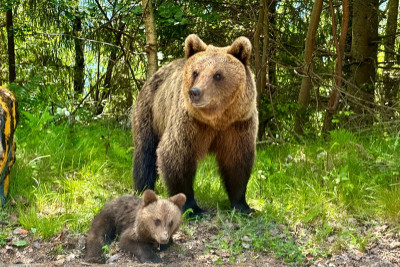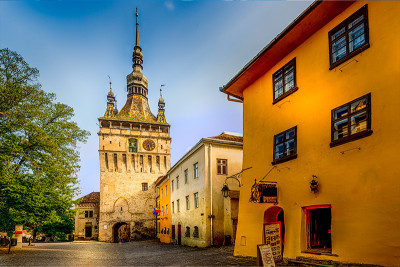You are probably asking yourself about the places and things you can do when visiting Romania. Before planning your holidays, take a close look at what the country can offer you. We guarantee that this country has plenty of interesting places to see.
In this article we want to reveal some of the things you can do in Romania that will make you vacation a unique and unforgettable experience. You will definitely learn more about the culture and history of this country.
What should you do in Romania for an unforgettable experience?
Romania is a magical combination of stories, legends, charming mountain villages (where ancient traditions and customs are still kept), medieval buildings (palaces, castles, fortresses), old churches (most of them located in the north side of the country) as well as vibrant cities.
1. Corvin Castle, Also Known As Hunyadi Castle Or Hunedoara Castle
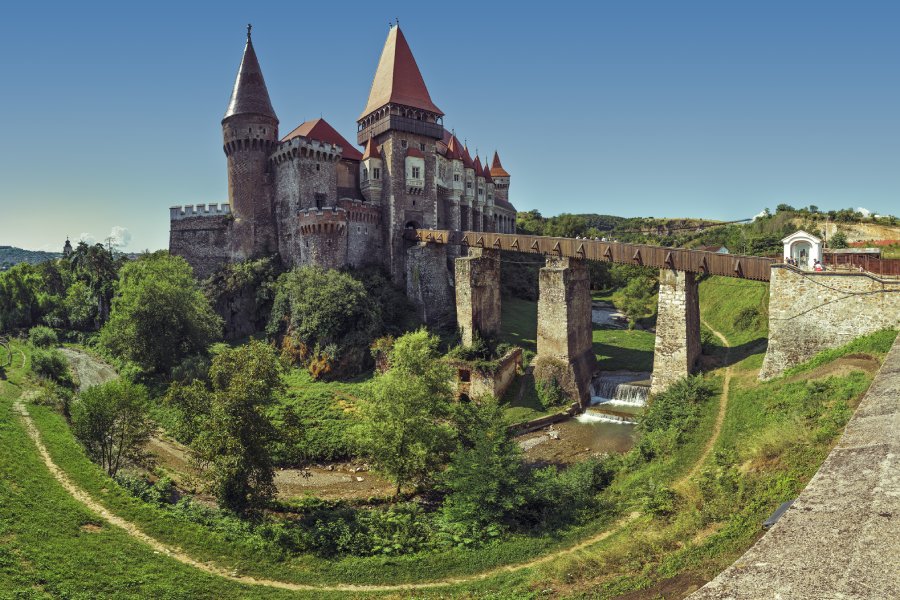
Corvin Castle located in Hunedoara, Transylvania is one of the largest castles in Europe. Visitors can learn everything about the legends surrounding the construction while exploring its amazing architecture.
Legend has it that this is the place where Vlad Tepes was held prisoner by John Hunyadi. Visitors should not miss the most important areas of the castle including the Throne Hall, the Knights Hall and a beautiful stained glass window of John Hunyadi, the Hungarian military leader.
2. Merry Cemetery
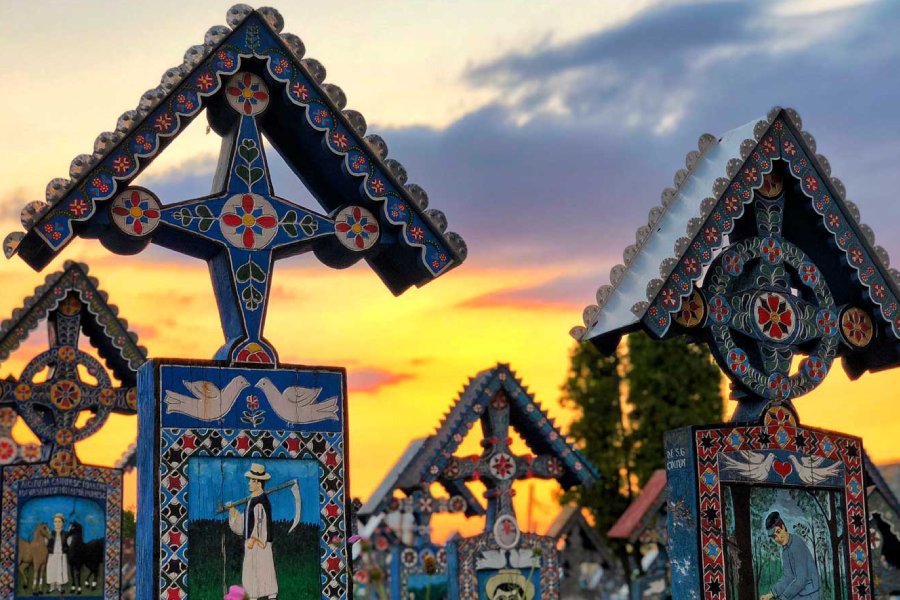
The Merry Cemetery of Sapanta is a popular tourist attraction in Romania. The cemetery became an open air museum, famous for the way local people choose to honor the ones buried there, in a unique and poetic manner with smiles, apart from the believe that death is something solemn and sad.
Each tombstone in the cemetery is painted in joyful colors, the paintings describing in a funny way the life of the departed loved ones.
3. Palace Of The Parliament
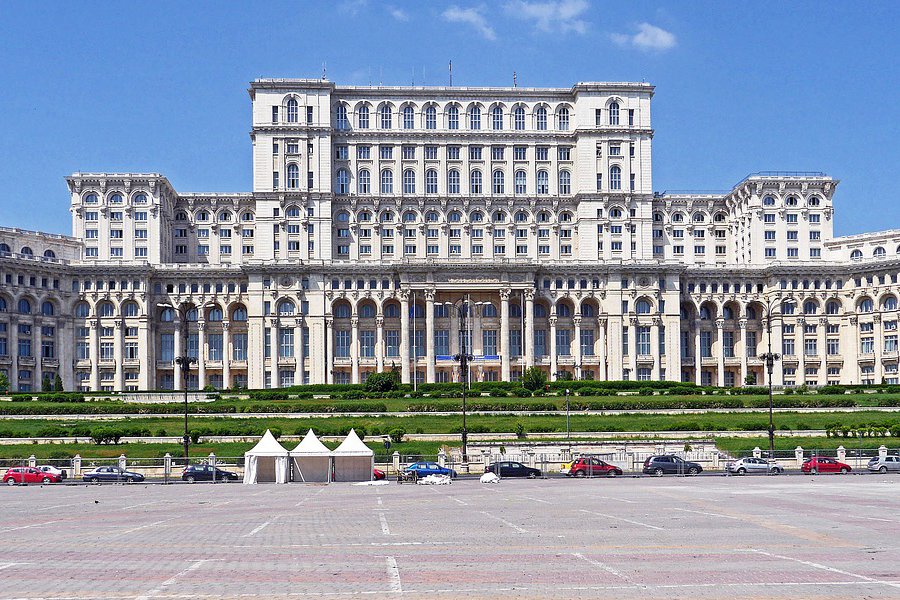
Also known as the People’s House or the House of the Republic, the construction was completed in 1997. It is the second largest administrative building in the world and the world’s heaviest building, weighing 4,098,500,000 kg.
The Palace houses the Chamber of Deputies and the Senate (the two houses of the Parliament of Romania), along with the international conference center and three museums: the Museum of the Palace, the Museum of Communist Totalitarianism and the National Museum of Contemporary Art. Visitors are invited to explore the museums, the architecture and the elaborate decorations of the building.
4. Bran Castle
.jpg)
The Bran Castle or Dracula’s Castle as commonly known outside Romania, is one of the most fascinating historical monuments in Transylvania. Surrounded by beautiful nature, this place is filled with history and is the source of amazing legends and stories never heard before: the most representative legend of Transylvania, the Dracula legend is also linked to Bran Castle.
5. Peles Castle
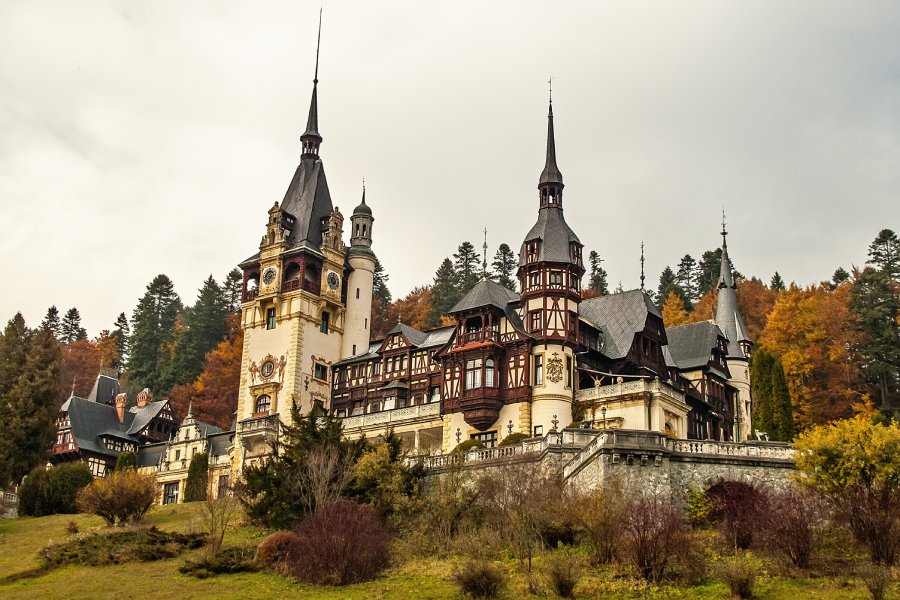
The Peles Castle, constructed during King Carol I reign, was the summer residence of Romanian royal family and became one of the most important monuments of 19th century in Europe. The Castle has over 170 rooms, some of them with dedicated themes from world culture. The most notable grand rooms tourist should visit at Peles include: the Hall of Honour, the Reception Hall, the Mirror Room, The Grand Armoury or The Arsenal, the Concert Hall, the Imperial Suite, the Playhouse, the Turkish Parlour, The Florentine Room.
6. Brukenthal National Museum
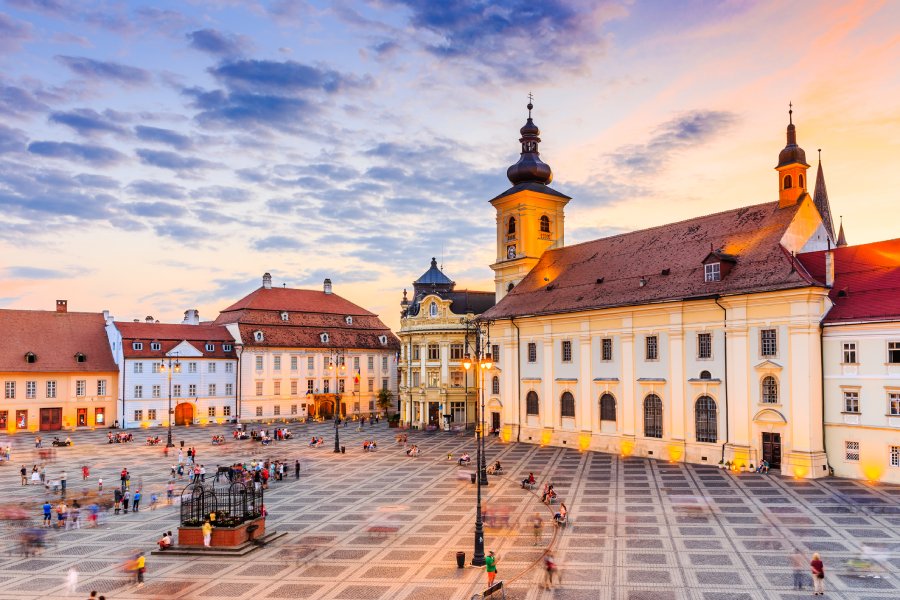
The Brukental Museum, officially opened to the public in 1817 is a museum housed in the Brukental Palace, built between 1778 and 1788 by baron Samuel von Brukenthal.
Placed in the historical center of Sibiu, the Brukenthal National Complex includes six museums: The Brukenthal Palace (The Art Galleries), The Museum of Natural History, The Museum of History, the Museum of Pharmacology and the Museum of Arms and Hunting Trophies.
The building of the Brukenthal Palace, located in the historical center of the city, more precisely in the Grand Square, is one of the most important Baroque monuments in Romania. It was built in several stages between 1778-1788. Originally the residence of Baron Brukenthal, the space was used for storing his collections.
7. Mogosoaia Palace
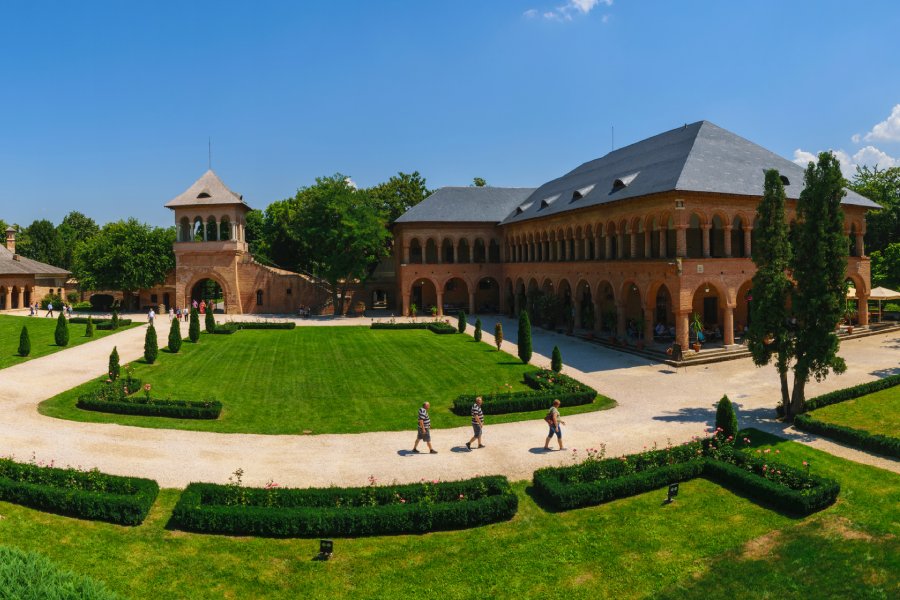
Located about 15 km from Bucharest, Brâncoveanu Palace in Mogosoaia is an excellent weekend destination, combining the rich history of this place with the wonderful surrounding natural landscape.
The foundation stone of this historical monument was laid by a rich aristocrat, Constantin Brâncoveanu, in 1698 and the palace was completed by September 20, 1702 when Constantin Brancoveanu was already the prince of Southern Romania.
Mogosoaia Palace has a special architecture, being an original combination of different styles: local, byzantine, italian and baroque elements. It was devastated many times during the history and has been used in various ways, depending on its rulers.
8. Rasnov Citadel
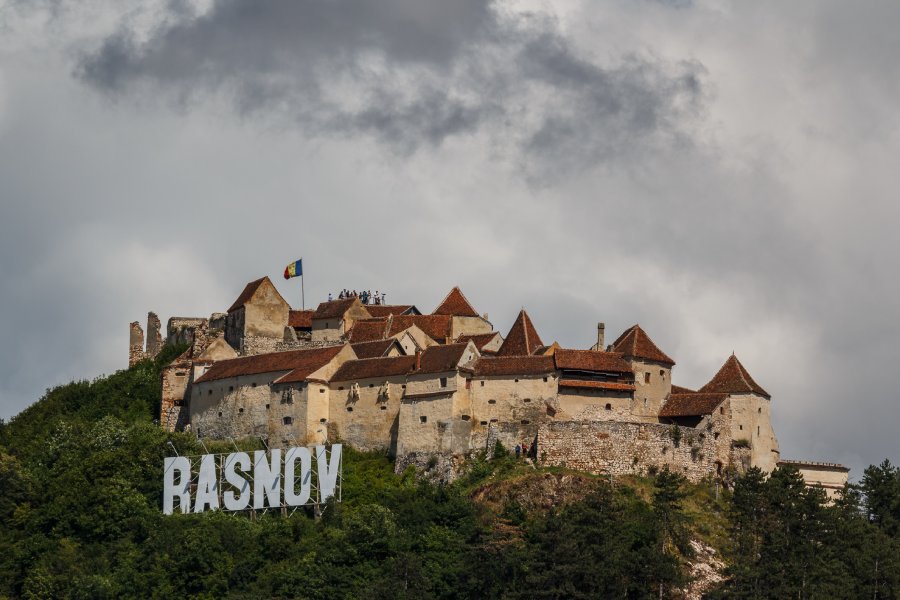
One of the most impressive and well-preserved monuments in Transylvania is the Rasnov Fortress. Located in the city that shares the same name, the Râşnov Fortress is the fortification that attracts many tourists manly due to its architectural style. The walls are built from stones and bricks. Also, wood was used in the construction of the gates reminding of the ordinary houses of the time.
Inside the citadel tourists can visit the feudal art museum where arms, weapons, galleries, vintage furniture, specific harbors are exhibited, but also some objects considered unusual in our days but common in the 17th and 18th centuries such as: a torture mask and a yoke for transporting prisoners.
9. Painted Monasteries Of Bucovina
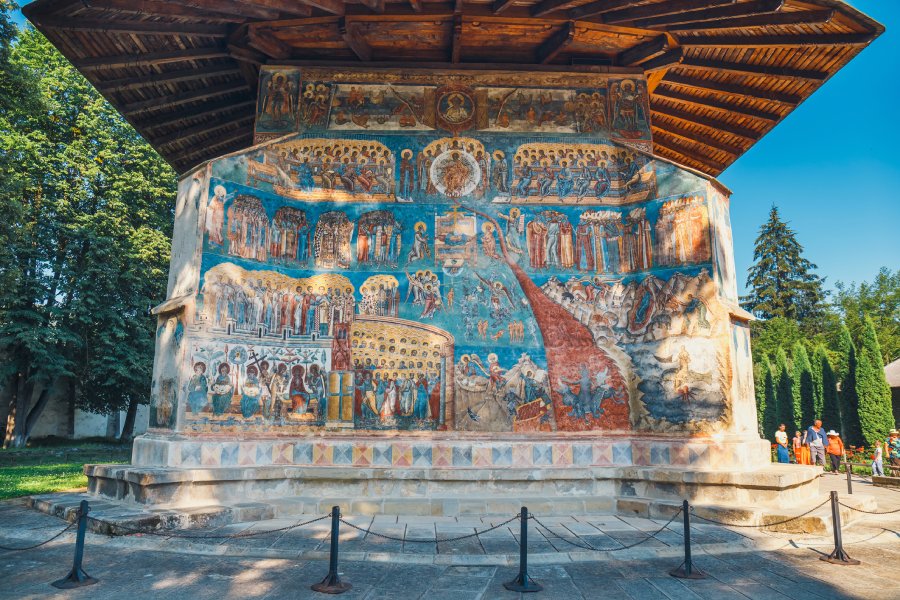
Bucovina is well known for its famous Painted Monasteries included in the UNESCO World Heritage List, each monastery being painted in a different colour: blue for Voronet, red for Humor, yellow for Moldovita and a combination of colours for Arbore.
Among the best preserved are Sucevita, Moldovita, Humor, Arbore and Voronet Monastery, famous worldwide for its unique shade of blue (Voronet Blue).
10. Transfagarasan Road
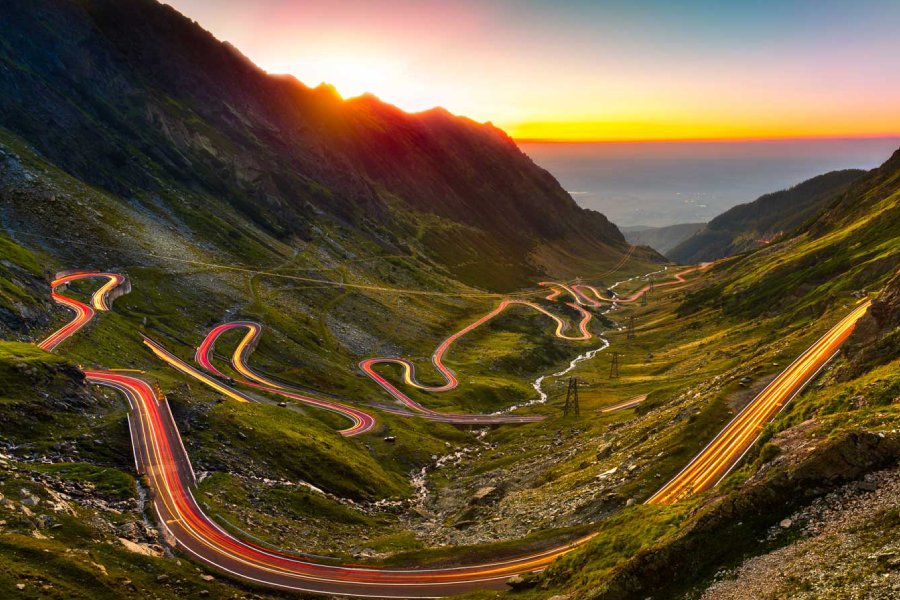
Described as “the best road in the world” by Jeremy Clarkson, the host of Top Gear show, Transfagarasan offers so much more besides the amazing driving experience. The winding road crosses the southern section of the Carpathian Mountains of Romania and climbs to an altitude of 2042 metres, providing access to Balea Lake and Balea Waterfall.
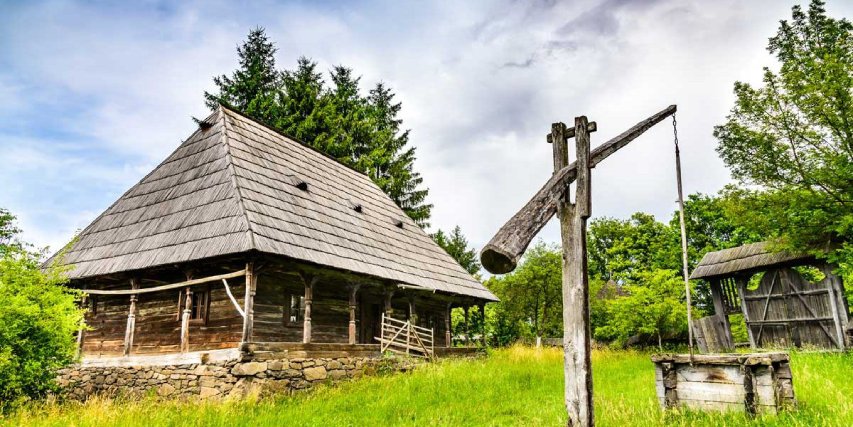
 ES
ES
 IT
IT
 DE
DE
 FR
FR
